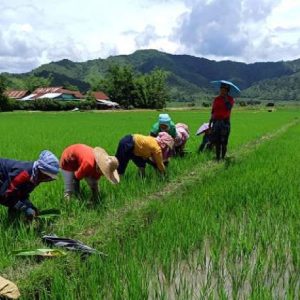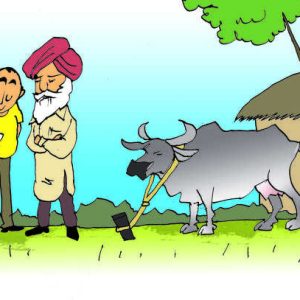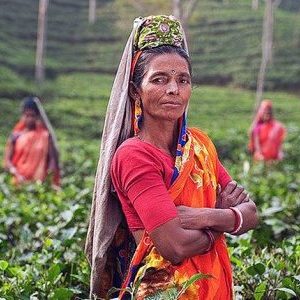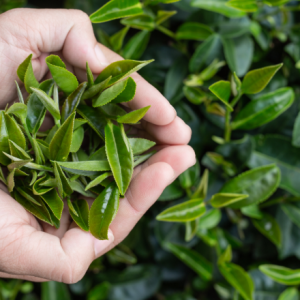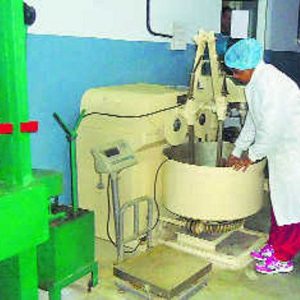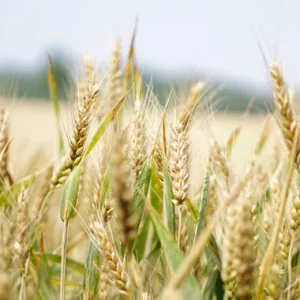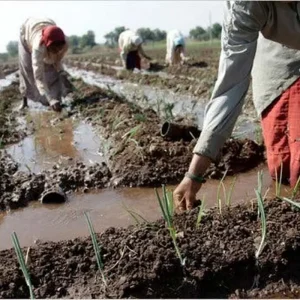Protein supply in feed for livestock production is a topic that is an area of debate and concern with the general public. As the demand for livestock products is increasing in the integrated food value chain, animal feed has become a critical component. Quality availability of milk, eggs, meat, and other livestock products- the demand of the present times- hinges on a continuous supply of proper, cost-effective, and quality animal feeds.
For the feed suppliers adherence to safety concerns has become paramount reflective of the content that goes into feed making. Earlier owing to lack of awareness feed quality was not given that importance by the end consumers. However with the growing safety and health concerns, in particular, in the post- COVID times consumers are also inquisitive to have a check on the kind of feed being given to the animals whose products they are consuming. The awareness could be about the basic component of the feed, i.e. whether it has a genetically modified crop or not? In the construct of the integrated food chain consumer is demanding assurance and methods used for production as also the food safety protocols.
Let’s consider some facts. Between 1995 and 2000 global demand for meat products would increase by 58%. By the end of 2020 milk consumption is going to be more than 700 million tonnes. Coupled with this increase is the aspect that the increase in the supply line would be more in the developing countries than the developed countries as the population rise in developing countries is on the up dipstick.
Of the feed basket, the biggest share is cornered by the poultry industry followed by pig and cattle feeds. A new addition in the feed construct is the quality feed for farmed fish and crustaceans. It is instructive that 60% of the total feed produce is cornered by 10 countries of the world.
The international trade of raw materials is the key to the global feed industry. Such feeds are formulated and milled locally. The availability of imported protein materials is often essential for local feed manufacture. India is one of the countries where local protein material is started being used for the feed industry on a progressive basis.
Protein Sources
Soybean is one of the most important and chosen sources to be used in animal feed manufacture. Apart from Soybean, maize is another vital grain used as a raw material in animal feed. Paddy husk is another variety of raw material that is used for the production of animal feed. For animal feed formulation and protein provision, all cereals are deficient in lysine with secondary deficiencies in threonine and tryptophan. Cereal protein status has not been enhanced by classical breeding and selection.
Challenges for the industry
With global demand for animal products increasing progressively, commensurate feed protein supplies and sources and options have to be revisited on a regular basis. Investment in quality assurance programs to retain consumer confidence is a challenge that the industry has to tackle urgently. Besides, the industry also has to inject transparency in the animal feed chain specifically the way protein is harnessed and the source from where protein is harnessed.
There is ample scope for the enhancement of better protein in animal feed and these opportunities can be fine-tuned by the integration of technology at a faster pace. One more aspect for enhancing protein in animal feed to be focused upon is the data management and associated information to be shared in the supply chains to improve transparency.
Technology integration would help in enhancing the safety and quality aspects of protein in the feed. The feed industry needs to come forward and adopt a voluntary code of practice associated with protein in the animal feed. Rendered products need to have full traceability. Environmentally correct protein nutrition also would help in reduced nitrogen excretion and also cut down pollution levels.
For more information, please write to contact@agnext.in or call +91 9700720005

